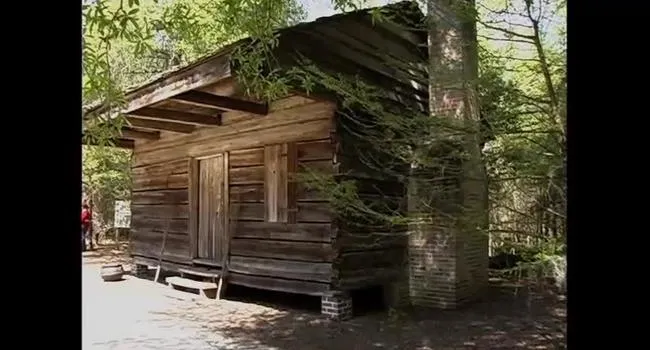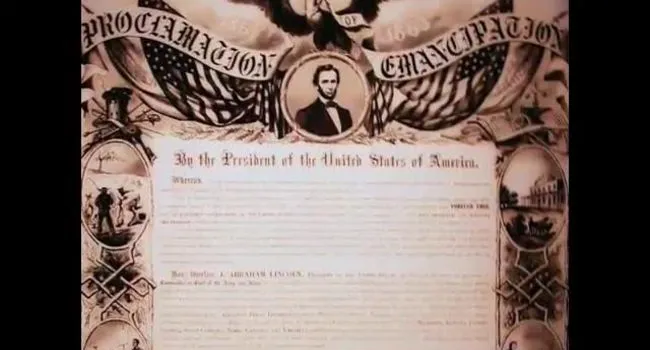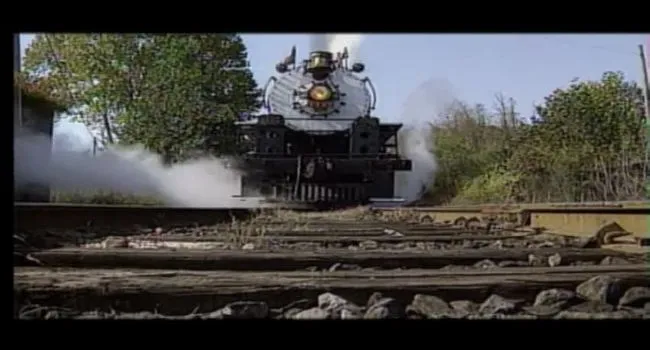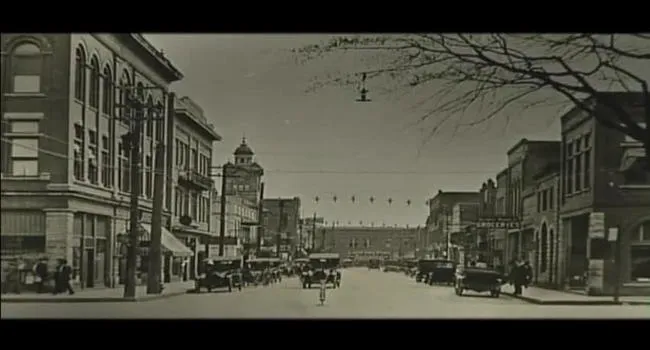In the late 1840s, construction began on the Wilmington and Manchester Railroad, which would connect the port of Wilmington with the cotton fields of the Pee Dee. This would be an economic boon for Wilmington, but disaster for the port of Charleston. Charlestonians decided to build a rail directly north from Charleston. They called it the Northeastern Railroad. And they also promoted a third railroad up to Cheraw, called the Cheraw and Darlington Railroad. The three railroads joined at a remote place in the pines, a place never calculated to become a settlement, a town, a city, a regional hub...a place that would be called "Florence."
William Wallace Harllee served as president of the Wilmington and Manchester Railroad. Harllee was a lawyer, soldier, and statesman...Lieutenant Governor of South Carolina in 1860 and signer of the Ordinance of Secession. To General Harllee went the honor of naming the railroads' junction point. Harlleesville was suggested for that name. However, there was another town in South Carolina by that name, so Colonel Fleming, who was superintendent of the railroad, suggested he name the railroad station after his eldest daughter Florence, and that's how Florence got its name.
General Robert E. Lee passed through Florence in 1861, on his way from Charleston to assume duties with the Confederate army in Virginia. As the war progressed, wounded men came through in significant numbers. The ladies of Florence organized a wayside hospital to provide aid and comfort. The rails also brought prisoners of war. They were transported to Florence, where they were housed in the stockade.
The war was winding down, and Federal cavalry attached to Sherman near Darlington decided they would raid the city of Florence. They decided to send a detachment to tear up the railroad junction. Unbeknownst to them, some Confederates had boarded a train in Florence and were headed toward Darlington, and so the two outfits were bound to clash with each other. The alert engineer on the train carrying the Confederates ooked ahead and saw the blue-uniformed Federal soldiers. He had time to stop the train and put it in reverse and to back his way back into Florence.
On the east bank of the Great Pee Dee River, Confederate naval works had been established in 1862. The CSS "Pee Dee," completed in 1865, was a marvel of technology, with a steam boiler and propellers in addition to masts and sails. Her maiden voyage was upstream, covering the retreat of the Confederate army. But by this time, the Southern cause was doomed. Fearful of it falling into Union hands, the order was given for the CSS "Pee Dee" to be destroyed. The Confederate Memorial, now located at the entrance of Mount Hope Cemetery, is a tribute to the endurance and heroism of the citizens of Florence during the Civil War.







